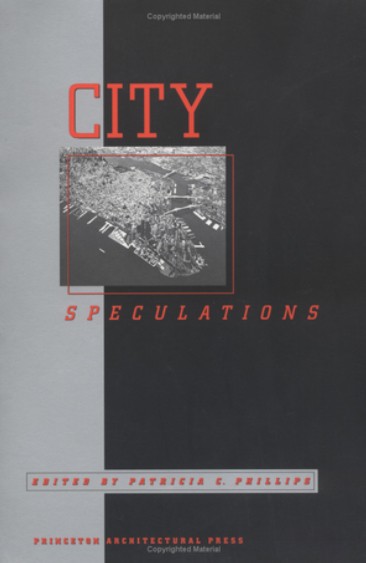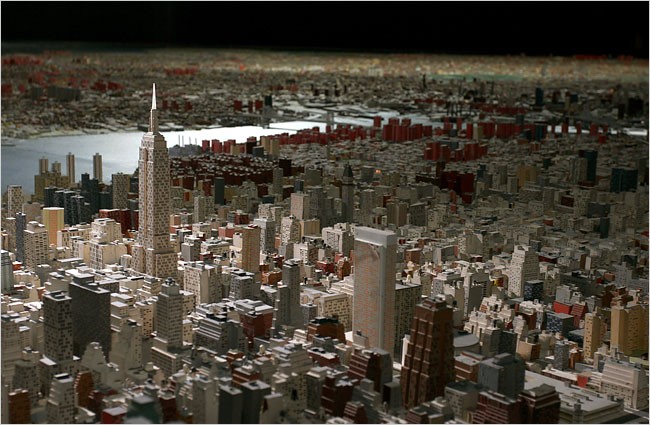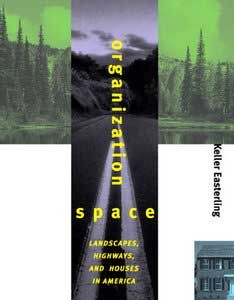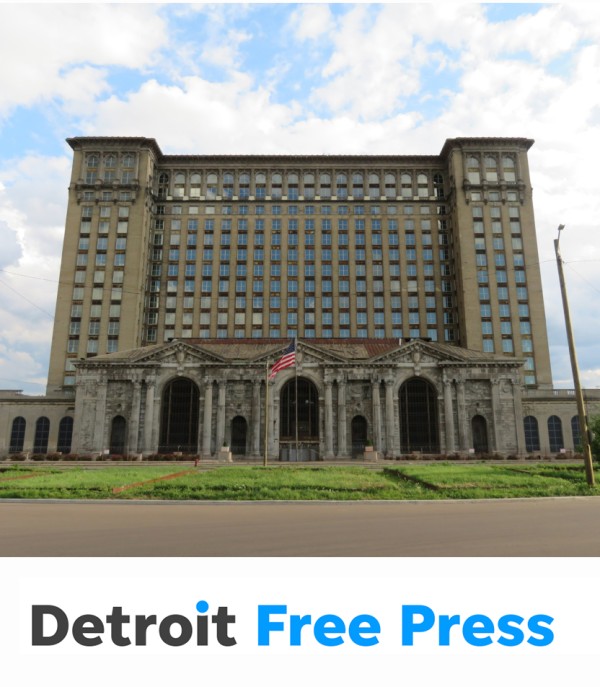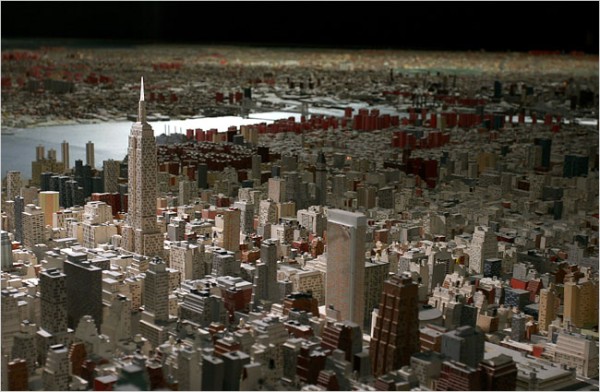City Speculations: Switch
January 1, 1996 – January 1, 1996
Queens Museum, NY, NY
Switch establishes new protocols for transportation intermodality in an urban site where many transportation networks lie adjacent but segregated. The structure extends from the Hudson River to a 30th street Lincoln Tunnel entrance that was once part of Robert Moses’ failed plans for a Mid-Manhattan Elevated Expressway. The switch acts as a transportation differential. It mixes surface and air freight via an underground rail link to area airports and works interdependently with a new web of loading dock sites embedded in the blocks. Trucks delivering to the switch quickly return to the road, leaving final delivery to smaller medium and light duty vehicles. Internal conveyance transports parking passengers to either end of the structure.
In the video that accompanies Switch, media environments, like transportation modalities, are mixed. Computer animation, real time video, and still photography of both the site and Moses giant model of New York City are all folded into a cartoon that expresses a fascination with mode shifts and plastic mutability.
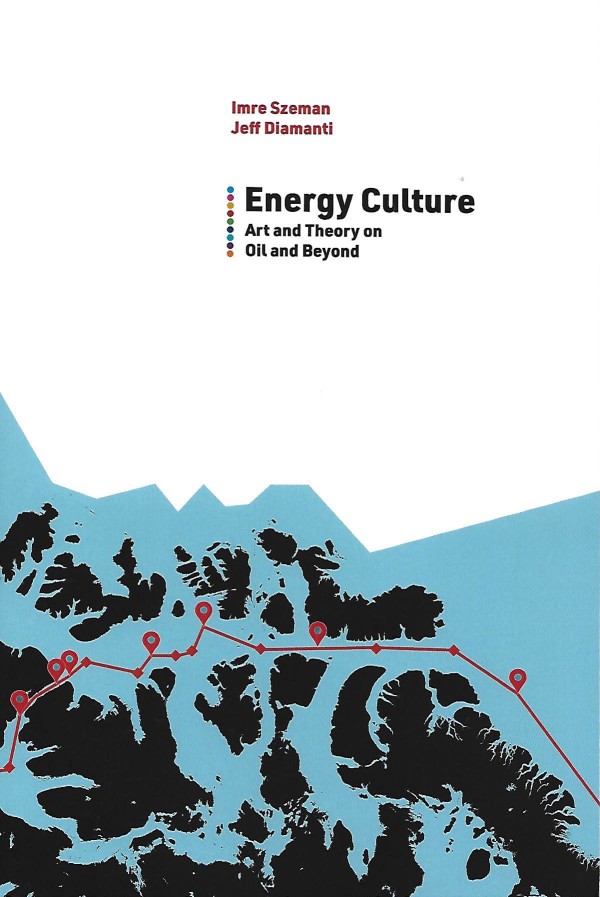
The Switch
Imre Szeman and Jeff Diamanti, eds., Energy Culture: Art and Theory on Oil and Beyond (West Virginia University Press). — 2019
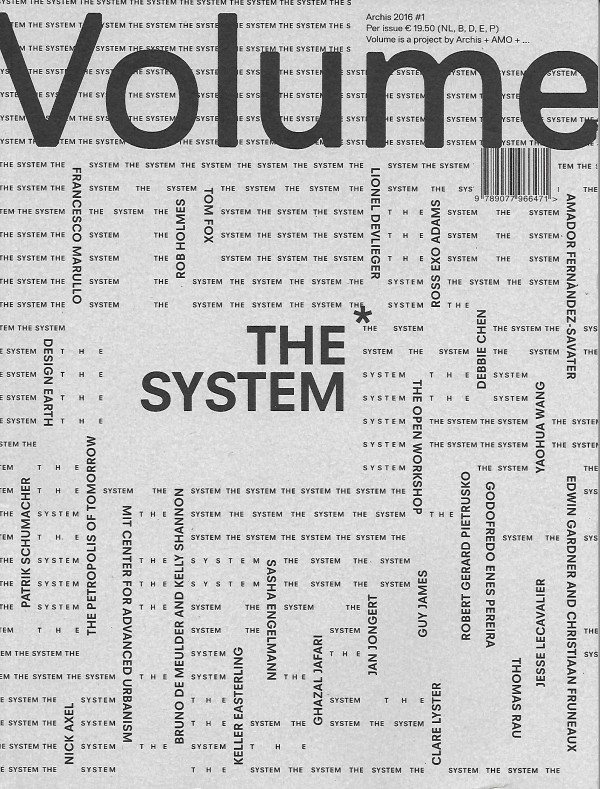
Protocols of Interplay
Volume: The System — April 1, 2016
